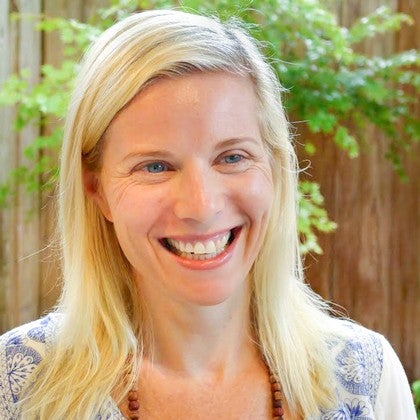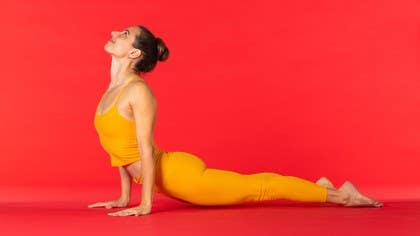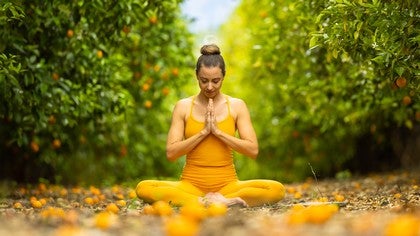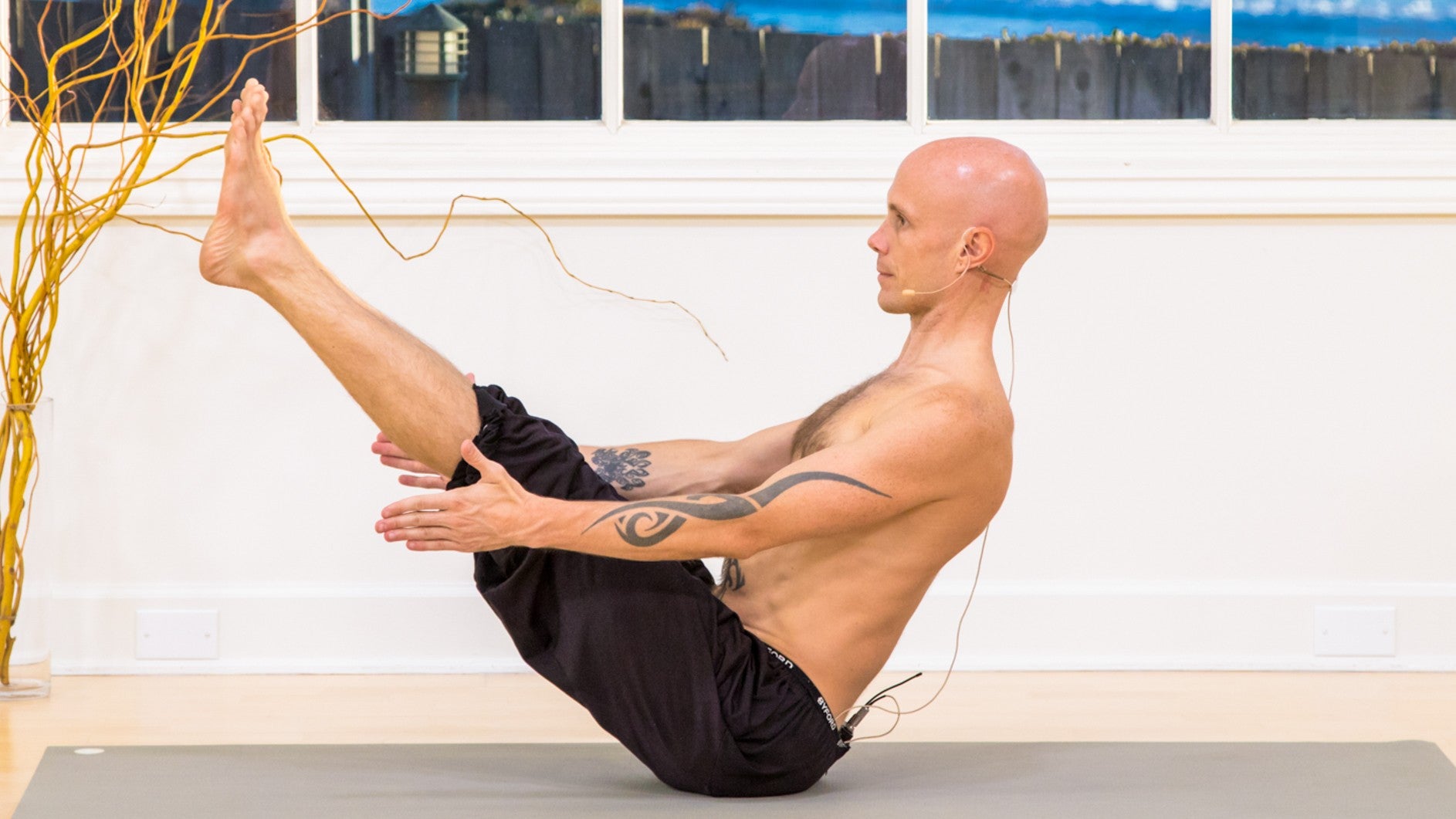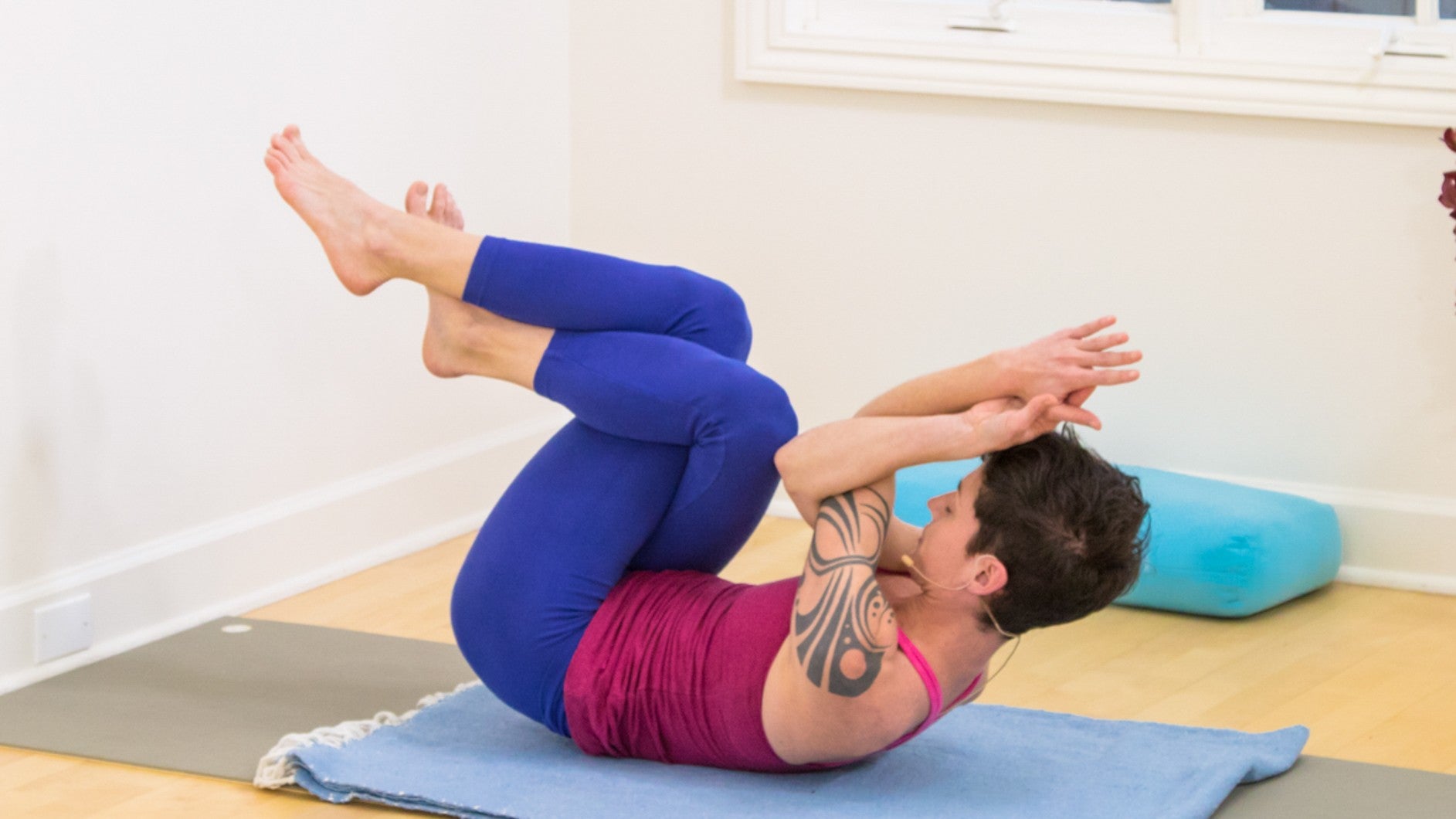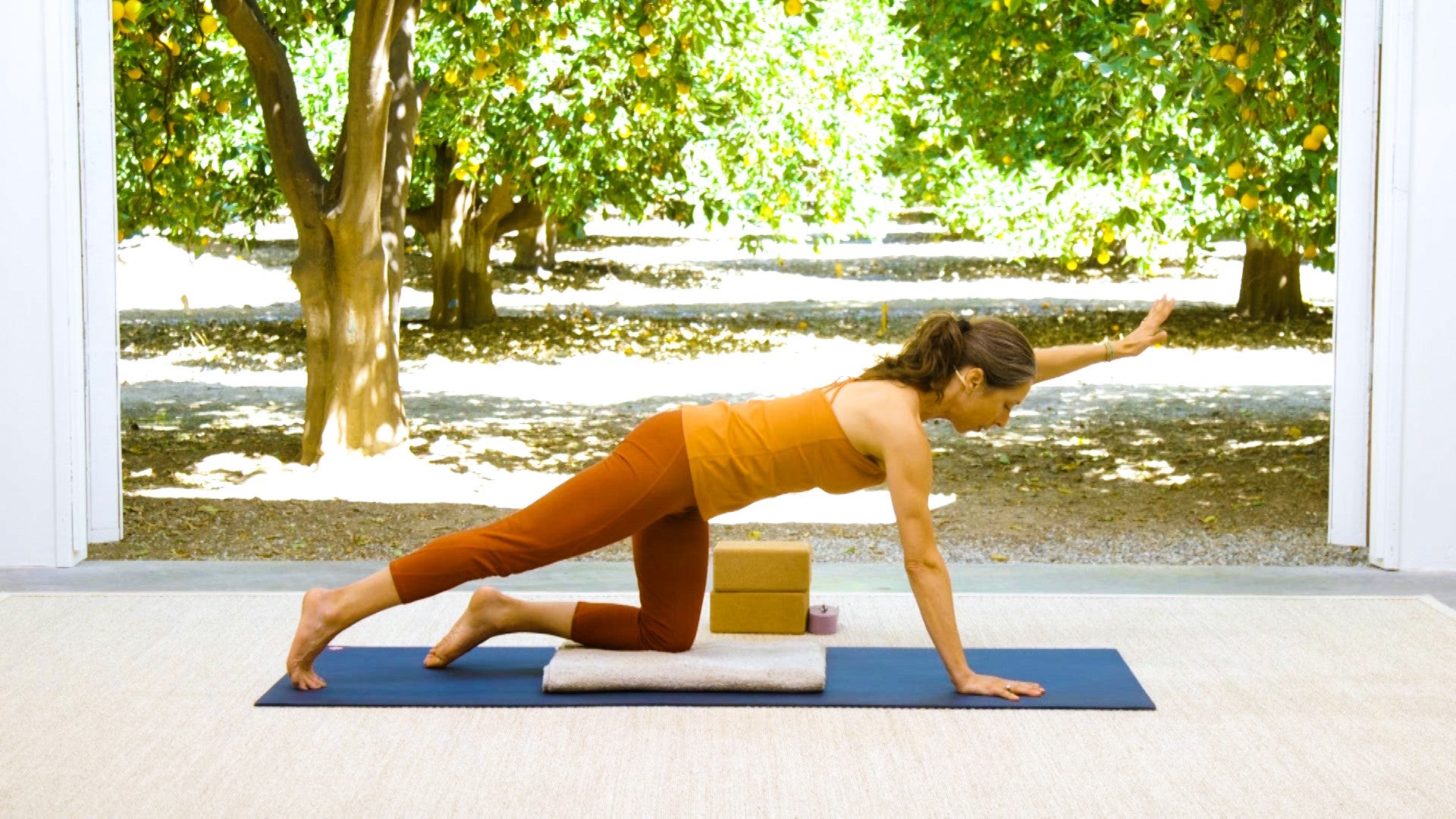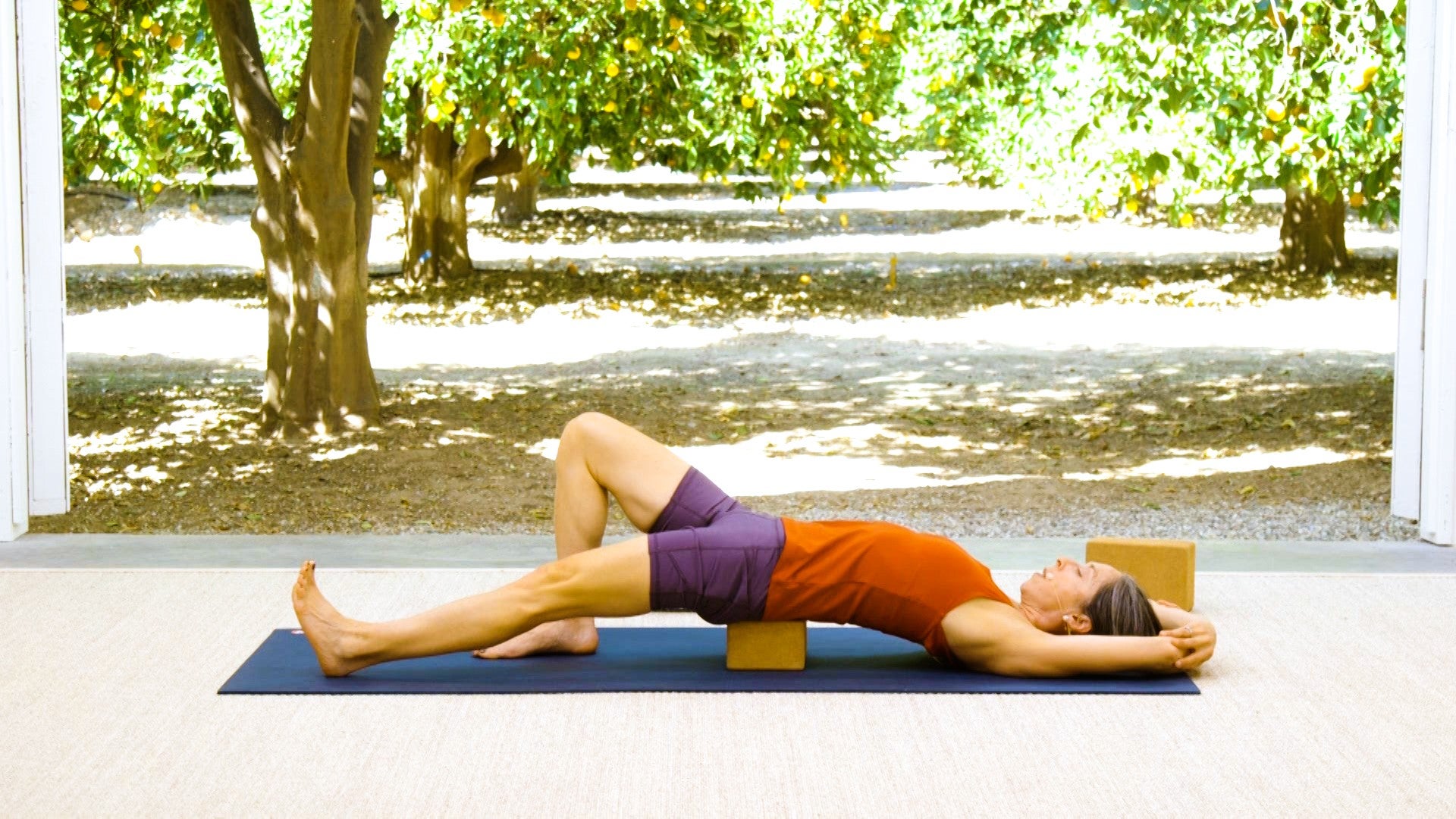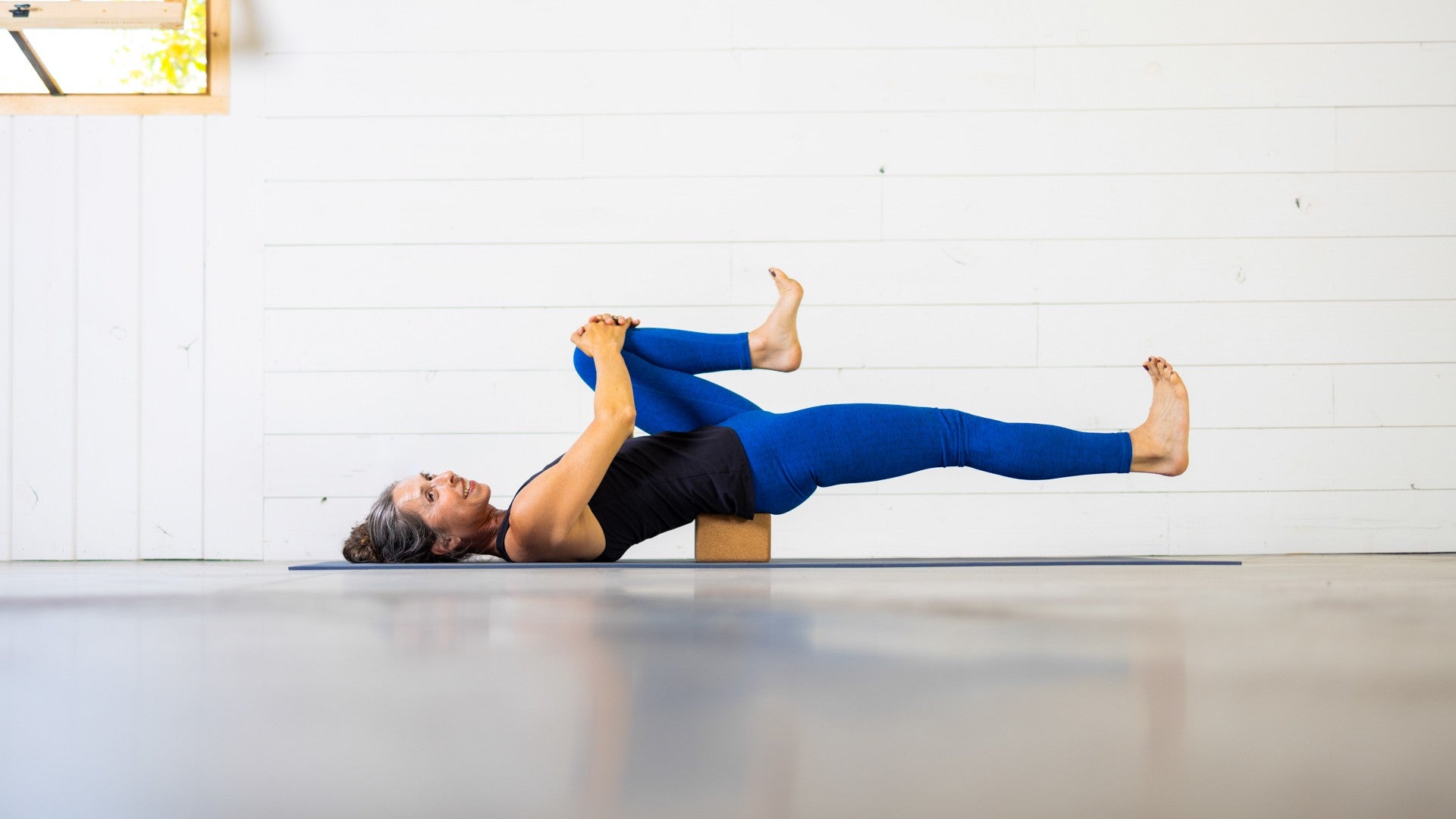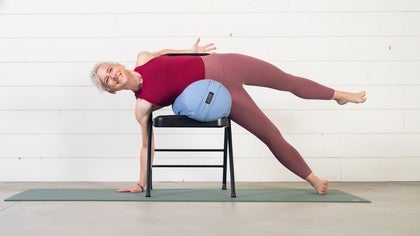
The Mighty Core: Your Intrinsic Superpower
Over a decade ago, I came across a picture of myself standing on a dock, caught unaware. With salty skin and wet hair, I was in my element, but my relaxed nature drew attention to my dreadful posture. My upper back was rounded and my head lurched forward as if it were about to tumble off my spine. I didn’t think of myself as someone with terrible posture, but I knew this image wasn’t a fluke.
When this photo was taken, I was the owner of my first yoga studio and this snapshot made me acutely aware that my yoga practice was missing something. Forget the party poses, I needed to simply learn to stand upright with ease and dignity. What I needed was strength – a deep strength that I knew could only come from within. I needed to find my core, my authenticity.
Connecting with Your Core
Most of us have a rather distorted view of “the core". I certainly did when I first started uncovering the layers of torso musculature. In yoga classes, we are sometimes told to “use our core,” but this seems like a loaded cue. For me, the prompting made me suspicious that I should be using my abdomen somehow – Should I be squeezing or bracing? If so, where? Yet when I started to unpack the subtleties of the core, I came to understand that its strength is more nuanced and less crude than mere clenching.
“Most people think it’s an external gripping,” my friend Maryellen told me when I interviewed her for this article. She explained that true core strength is more of “an inside-out thing.”
Maryellen is a dear friend, certified yoga instructor, registered nurse, and experienced Pilates teacher. She described core strength as an “in-and-up” sensation. When you feel your insides narrow and feel naturally uplifted, you are feeling the vitality of your core.
The Structure of the Core
Think of the core of the body like the core of an apple. If you cut off your arms, legs, and head, you would be left with your body’s core. While the four muscles of the abdominal wall play a vital role in core strength, they also tie in with other muscles like the upper hamstrings, the glutes, and the multitude of obscure and intrinsic muscles that offer pelvic and spinal support.
Other core-strengthening muscles include the quadratus lumborum (QL), the psoas, and the diaphragm. These muscles can be easily overlooked if we focus too heavily on the abdominal wall. Entire books have been written about the mighty psoas, a muscle that, among its numerous wonders, helps anchor the diaphragm to the vertebral column.
Breathing also plays a key role in your core's health. Healthy breathing begets a healthy core, and vice versa. Your transversus abdominis (TA), one of the four muscles of the abdominal wall, works in partnership with your breath, as the TA literally becomes the diaphragm. These two so-called “distinct” muscles seem to have no border, but simply meld into one another, connected and embedded.
Despite popular believe, core strength is not just about the front of the body. Your amazing TA has fibers that actually wrap around the back of the body, similar to how an apron ties at the back. The TA is a circumferential muscle, offering nearly 360 degrees of support to the mid-section of your torso.
The most well-known of the four abdominal muscles is the rectus abdominis: the celebrated six-pack. This incredible runway of muscle fiber extends anteriorly from your rib cage all the way down to an anchor point on your pelvis. If you place your fingers on that bony, intimate part of your groin where the pubic symphysis is located, you have palpated the lower attachment for your rectus abdominis muscle. It’s pretty inspiring to envision the extent of the rectus abdominis and understand how much support it can offer.
Your internal and external obliques comprise the final two muscles of the abdominal wall foursome. These two side abdominal muscles are bilateral (on either side of the rectus abdominis) and, like the other two, help connect your ribcage to your pelvis. By facilitating movements like side-bending and twisting, your oblique muscles can help squeeze and detoxify the core while also working to keep the ribcage centrally and evenly situated over your pelvis.
The pelvic floor is more like a funnel of muscles at the base of your pelvis than a flat "floor." Not only do pelvic muscles keep your organs in place, they also play a vital role in the strength of your core.
Core Strength and Your Yoga Practice
So how can we incorporate core strength on the mat in our yoga practice? When I asked Maryellen about this she exclaimed enthusiastically, "Samsthiti!", which translates to “equal standing.” Checking in with your samsthiti pose, also referred to as tadasana, can be helpful in maintaining sturdy core strength. Rather than focusing on the torso alone, it's equally important to notice your “equal standing,” the foundation of core strength rising up from the legs.
You too can try this exercise. Either standing or sitting, as you exhale, you may notice a slight movement of the spine. This subtle movement is the TA contracting. Inhale and exhale again and see if you notice the pelvic floor lifting as you breathe out. That lovely, internal lifting is your core activating on a deep level!
Take a few moments to breathe, preferably standing. See if you can feel the updraft of strength rising up from your feet, connected to the earth, feeding up through your leg muscles, igniting your core muscles. You should feel free, light, and mobile in your neck, shoulders, and arms. This is your core supporting entire body.
I used to tell students that if you change your posture, you will change your life. Your spine is a marvel of architecture within you. Your backbone is literally what holds you up, giving you the perspective and gumption to carry on. Your core gives you far more than just flat abs or a rippled torso. It ensures that the tower of your spine stands tall.
When you have proper core strength, standing up to your utmost height is not a chore, it’s a natural by-product. And it truly feels uplifting.
Comments
You need to be a subscriber to post a comment.
Please Log In or Create an Account to start your free trial.
